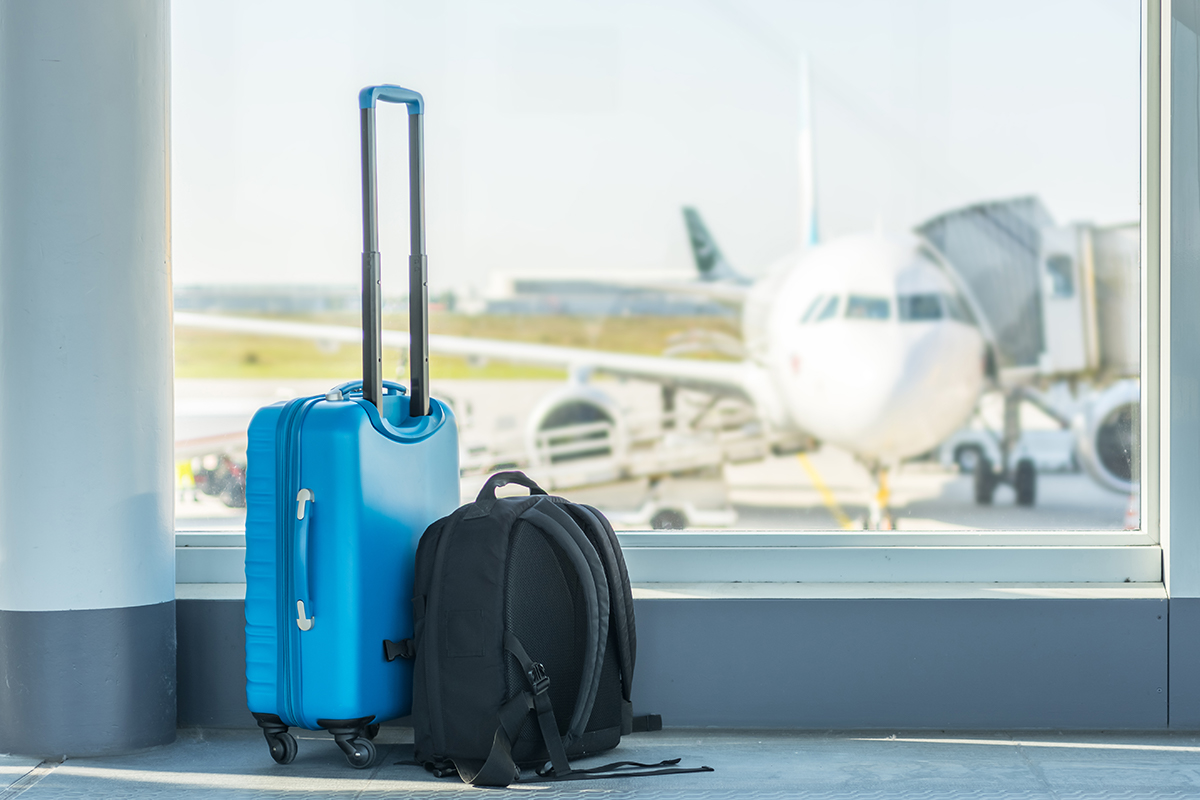
Air41 is an experienced company,
working in the airline and touristic industry for over 10 years.
Our main products are efficient software solutions, consulting and charter sales service.
Our mission is to supply small and middle airlines as well as tour operatours with tools to run their business. With our product pool and consulting service we can bring a small start up airline in the air. We support from the first schedule planning up to catering service in the airplane.






